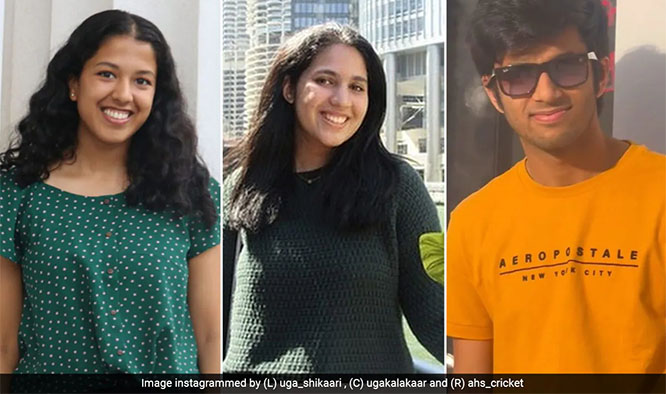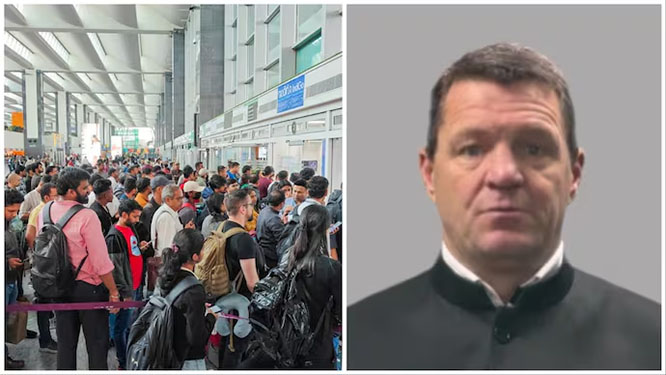
Three Indian-origin students were killed while two others were injured in a car accident in the US state of Georgia last week.
The five students, all 18 years old, studied at Alpharetta High School and the University of Georgia.
Police believe speed may have been a factor in the deadly crash that took place in Georgia's Alpharetta on May 14.
They said the speeding vehicle overturned and ended upside down in a tree line after the driver lost control of the vehicle.
While Aryan Joshi and Sriya Avasarala died on the spot, Anvi Sharma died during treatment at a hospital.
"The injured students - Rithwak Somepalli and Mohammed Liyakath - are being treated at the North Fulton Hospital in Alpharetta," officials said.
Sriya Avasarala was a member of the UGA Shikaari dance team, and Anvi Sharma sang with UGA Kalakaar, and a capella group.
"You were such an amazing dancer, friend and just person to be around," the Shikaari group posted for Sriya Avasarala.
The Kalakaar group said Anvi Sharma's death was shocking and devastating.
Aryan Joshi was set to graduate from high school next week. "He was one of our biggest supporters and his support was one of the most crucial factor in all our wins," the Alpharetta High cricket team said in an Instagram post.
Last month, two Indian students from Telangana were killed in a multiple-vehicle collission near Lake Pleasant in Arizona.
Nivesh Mukka and Goutham Kumar Parsi, both 19 years old, were killed when a car in which they were travelling collided head-on with another car in Peoria.







Comments
Add new comment